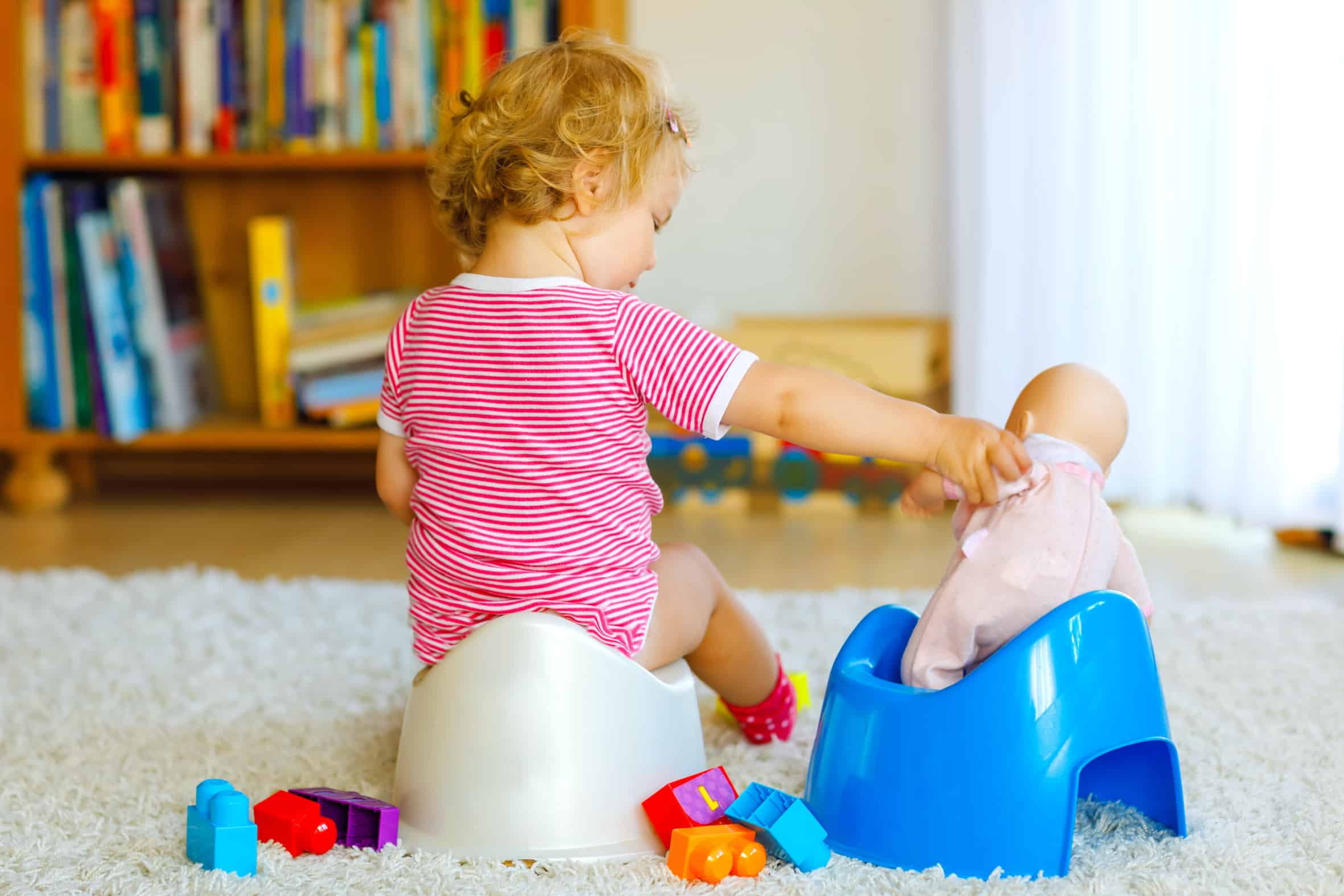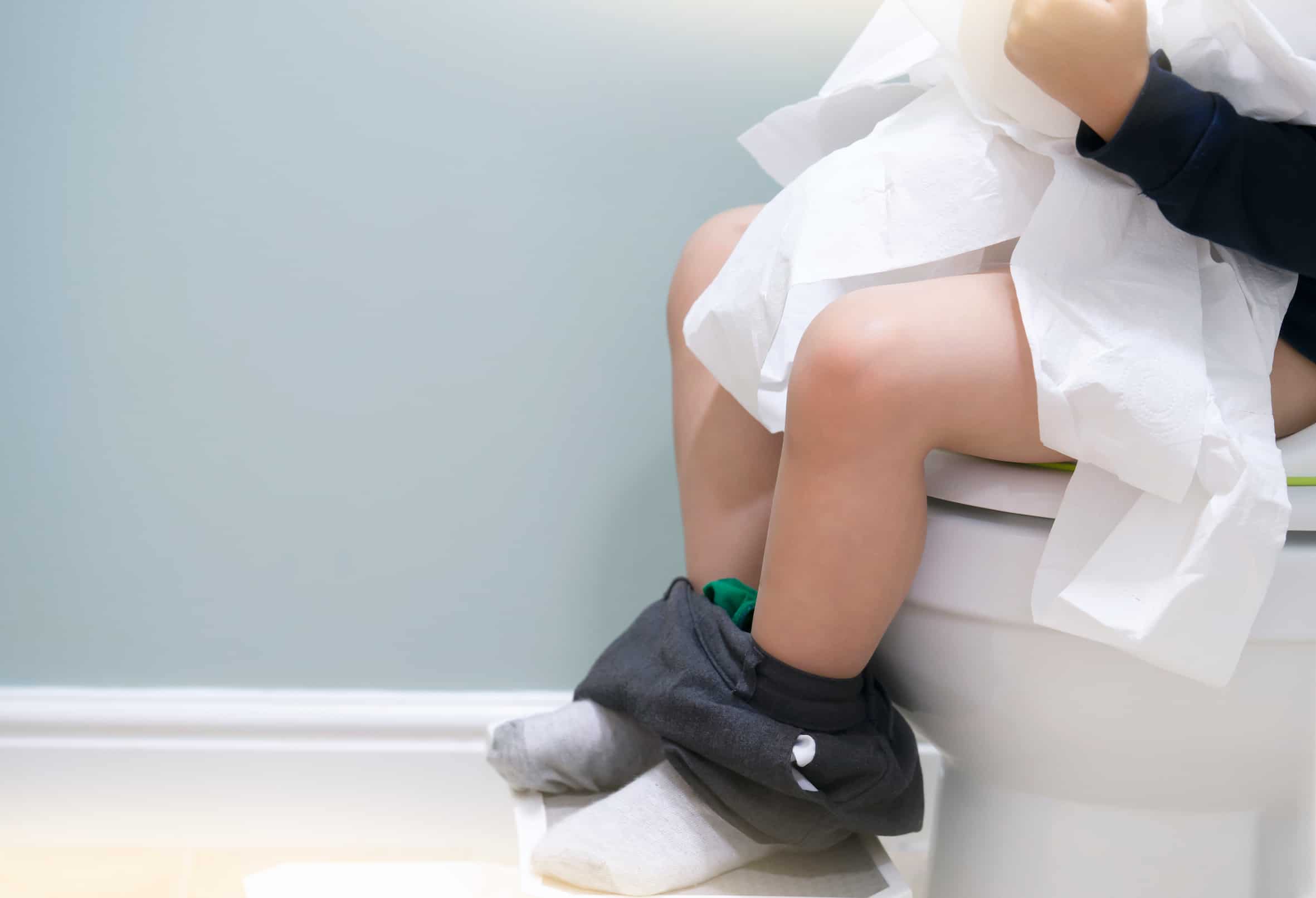tips, tricks and guides for parenthood
Learning to use a potty is a big step for your little one. It is a whole new learning process and it can be difficult for them to understand. The best thing to do for your child is to be extra patient with them. If you don’t put any pressure on them, it will be a stress-free experience and therefore, your child is bound to learn quicker.
Before you start, you need to be prepared that there will be accidents. Your child will not grasp the learning process right away. If you leave your child running around without a nappy on, be vigilant that there may be a few clean up jobs!
You need to remember that your child is unique, and everyone’s child is different. If your child doesn’t grasp the process as easy as other children, there’s no need to panic. Your child will be ready in their own time and there’s no need to rush them because you think they’re falling behind.
Whilst all children are different, they usually meet stages around the same sort of time, things to remember are:
It’s much easier for children to stay dry during the day. When they are in bed, it may take a little longer for them to stay dry throughout it. 1 in 5 children aged 5 years old will still wet the bed.

Using a potty will be completely new and maybe a bit confusing for your child. That’s why getting them used to it slowly and gradually is the best way to go forward.
When you change your child’s nappy, you should communicate with them throughout doing it to let them know what you’re doing. Get them used to certain words and phrases that tell them whether they’ve had a wee or poo. As they get more familiar with these words, they will be able to understand them in the process of potty training. You should also switch to changing their nappy in the bathroom, if you don’t already. This will help them associate the bathroom with a place that they go to the toilet this is where you can put their potty. After changing their nappy, go through the process of flushing the toilet and washing their hands. This will start to introduce the process slowly.
Don’t get a potty and put your child straight onto it. They need to understand what it is before they start using it. Place the potty in the bathroom and explain to your child what it is for. When children are young, they learn things by watching others do them. If you have an older child who uses the potty, they may have seen them do this and can make the process much easier. However, if this is your first child or their siblings are much older, you can use toys and teddies to demonstrate what they need to do. There are also videos and books to help children understand potty training.
You shouldn’t expect your child to go to their toilet on their potty straight away. You need to find out if your child is happy to just sit on their potty. You can put them on this whilst changing their nappy or just throughout the day. It’s important that they feel comfortable sitting on the potty before they actually start going to the toilet.
We’ve got some great tips on how to start the process of potty training. Patience is a key thing throughout learning, and you need to do everything in your child’s own time…

Pull-ups are a great way to let your little one knows they are getting older and more like a big boy/girl. These are great for potty training as you can choose from disposable or washable pants and they are much easier for your child to get off when they need to go. These are a great transition from nappies and will act more like underwear for your little one. Pull-ups do not soak up as much wee as nappies do, so your child will know when it’s wet. This can also be a good thing as they will feel more uncomfortable when they have an accident, encouraging them to use the potty when they need to go.
You shouldn’t fully replace nappies with pull-ups at the start of potty training. Use these during the day to get your child used to pulling them up and down when sitting on the potty. At night, you might still want to use nappies as they soak up more and your child cannot get to their potty throughout the night.
It’s good to get your child used to the feeling of being wet so that they can let you know when they’ve had an accident. If your child doesn’t want to move to pull-ups, you can place some folded up kitchen paper inside their nappy, this will make the nappy feel more wet when they go and should encourage them to tell you.
You need to get your child used to their potty during the day before you think about using it throughout the night. Make sure your child is consistently going to their potty when they need to go and there are hardly any accidents before you move onto doing this.
If you notice that your child’s nappy is dry or only slightly damp when they wake up in the morning, it will mean that they are starting to control their bladder during the night. This is the stage where you can think about removing the nappy.
Before they go to bed, encourage your little one to go to the toilet on their potty. This means they will be less likely to go during the night. When you put them into their bed, leave their potty close by in case they need to get up in the night. You can purchase waterproof covers for their mattress whilst they are learning, this make things easy to clean if there are any accidents.
If you notice the potty has been used during the night when you come into their room, it’s important to praise them to let them know they’ve done the right thing. In the case that there are lots of accidents happening, it may be better to use nappies for a little longer before you come back to this. You don’t want accidents to start interrupting your child’s sleep routine.

All children move to a toilet at different stages. Some parents decide to use this before a potty as it’s quicker and means they can cut out a stage. However, it’s also completely normal if your child uses a potty longer than others. Your child needs to be comfortable before they move to a proper toilet.
We all remember the fear as a child where we thought we were going to fall down into the toilet. There are trainer seats available that you can clip onto the toilet. This will help your child feel safer and more comfortable whilst they are going. You can also get a step that your child can put their feet on whilst they are going, this makes it safer when getting off.
If you have a boy, don’t encourage them to stand for a wee straight away. They will most likely not be tall enough yet and will struggle. Let them get the hang of weeing sitting down before you introduce standing up.
If your child has a health condition that makes it much harder to use a potty or toilet, it can be very challenging. However, you should still encourage them to use a potty. There are plenty of places you can contact to get help with potty training a disable child. Try Contact who help families who have disabled children.
We hope that our tips have helped you on how to potty train your child. It can be a challenging process, but once your child gets it, you’ll feel like the proudest parent. Remember, stay patient throughout the whole time, your child will learn in their own time.
If you now know how to potty train your child but don’t know when the right time is to start, check out our blog on ‘When to start potty training’.